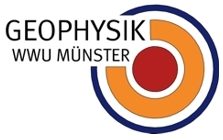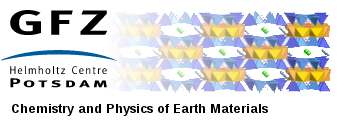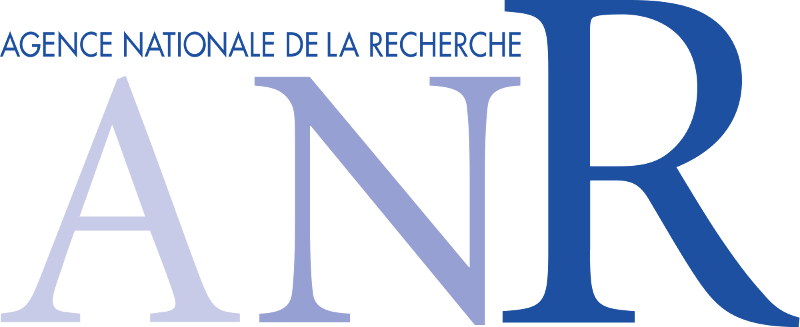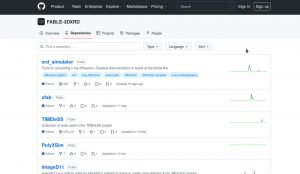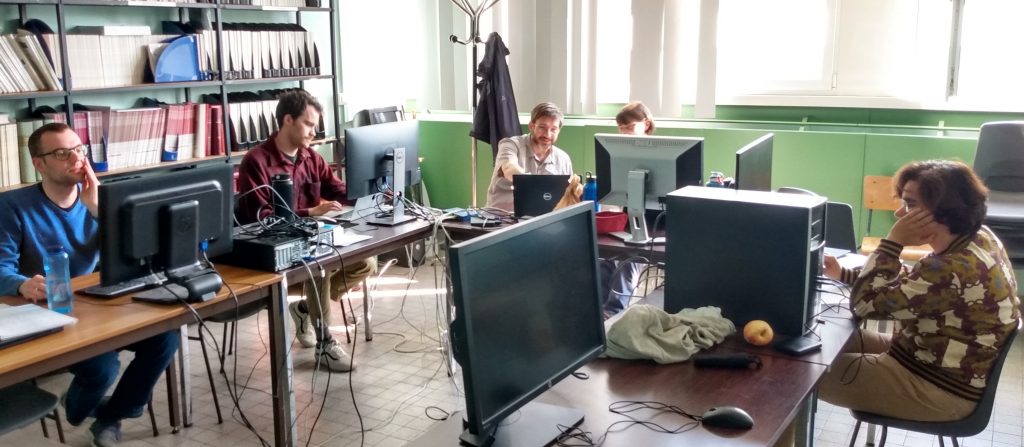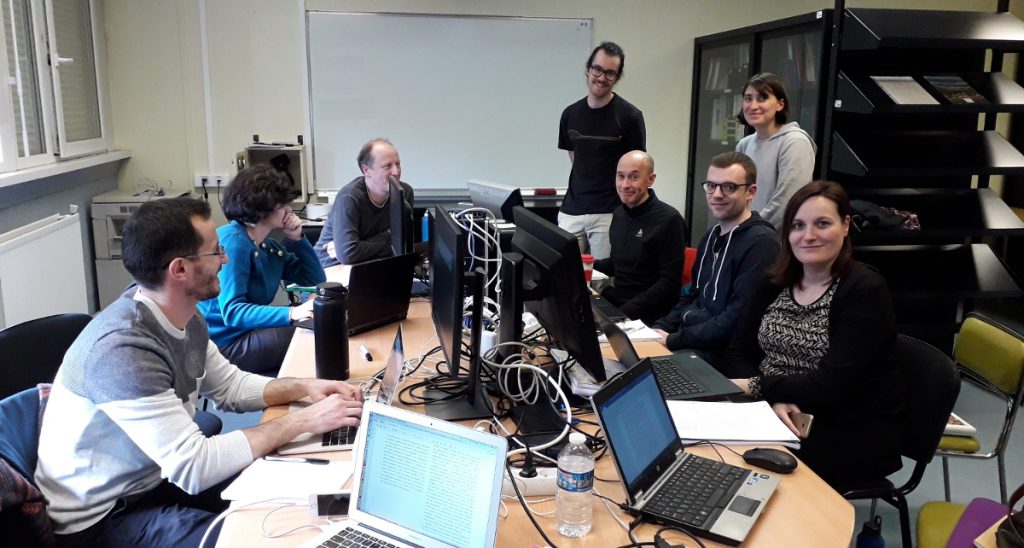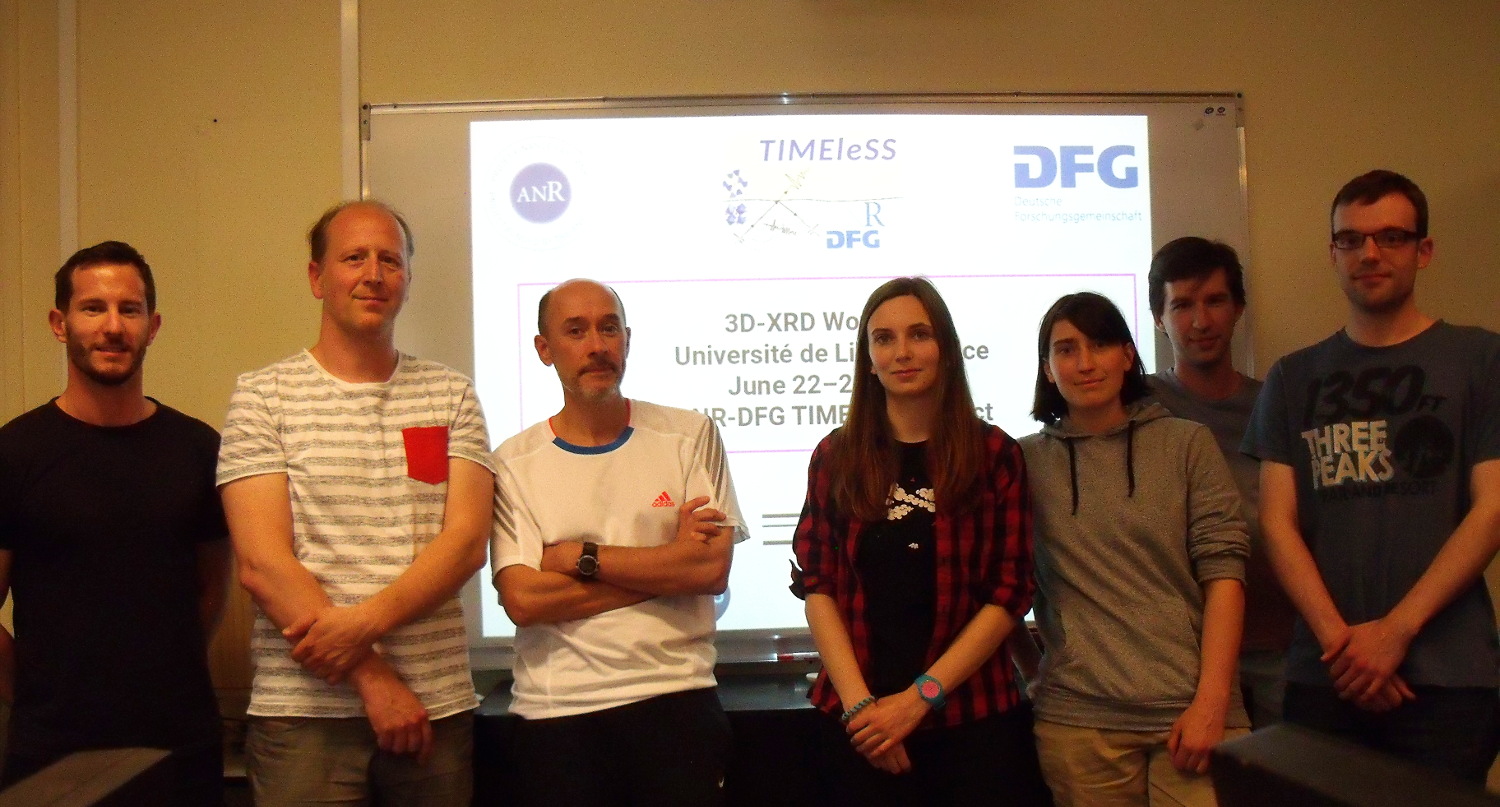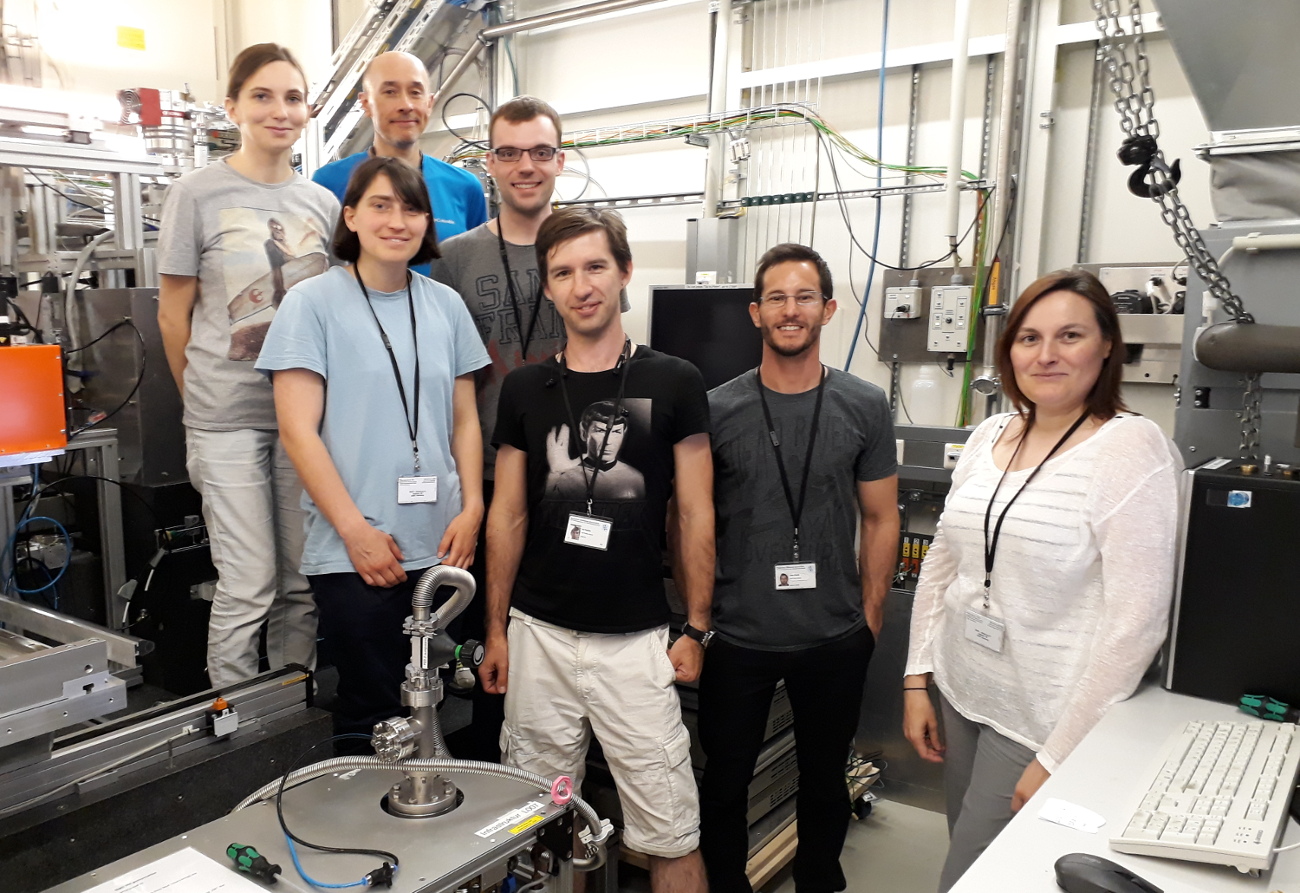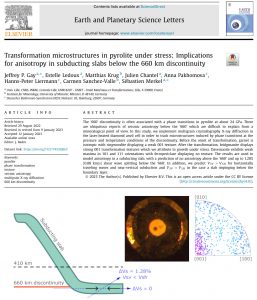 New year, and new publication for the TIMEleSS team! Former timeless PhD student Jeff Gay is the first author of Transformation microstructures in pyrolite under stress: Implications for anisotropy in subducting slabs below the 660 km discontinuity, published in the February 15, 2023, issue of Earth and Planetary Science Letters. The publication is a result of a collaboration between partners at the Université de Lille (J. Gay, E. Ledoux, J. Chantel, S. Merkel), WWU Münster (N. Krug, C. Sanchez-Valle) with measurements at the Deutsches Elektronen-Synchrotron (A. Pakhomova, H.-P. Liermann).
New year, and new publication for the TIMEleSS team! Former timeless PhD student Jeff Gay is the first author of Transformation microstructures in pyrolite under stress: Implications for anisotropy in subducting slabs below the 660 km discontinuity, published in the February 15, 2023, issue of Earth and Planetary Science Letters. The publication is a result of a collaboration between partners at the Université de Lille (J. Gay, E. Ledoux, J. Chantel, S. Merkel), WWU Münster (N. Krug, C. Sanchez-Valle) with measurements at the Deutsches Elektronen-Synchrotron (A. Pakhomova, H.-P. Liermann).
The ‘660’ discontinuity marks the boundary between the upper and lower mantle and is located 660 km below our feet. The is discontinuity often associated with a phase transitions in pyrolite, a model rock composition for the Earth’s mantle. In addition, there are ubiquitous reports of seismic anisotropy below the ‘660’ which are difficult to explain from a mineralogical point of view.
In this study, we implement multigrain crystallography X-ray diffraction in the laser-heated diamond anvil cell in order to track microstructures induced by phase transitions at the pressure and temperature conditions of the discontinuity, around 24 GPa and 1900 K. Before the onset of transformation, pyrolite minerals such as garnet and ringwoodite are isotropic and do not contribute to seismic anisotropy. After the transformation, bridgmanite, the most abundant mineral in the Earth, displays a strong preferred orientation, which we attribute to growth under stress. Other minerals such as davemaoite and ferropericlase are also considered.
The results are used to model anisotropy in a subducting slab, with a prediction of no anisotropy above the ‘660’ and up to 1.28% (0.08 km/s) shear wave splitting below the ‘660’ and provide details on how detailed wave forms can be used to understand the geometry of stress at those depths.




